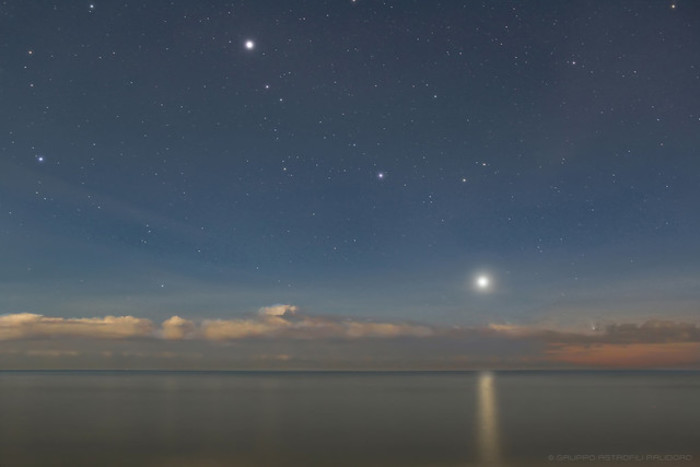
Telescopes aimed at Leonard, the comet of Christmas – space and astronomy
 Photo
PhotoIt’s the search for the “perfect shot” of Leonard, the comet of Christmas. After an unexpected increase in brightness occurred on December 20, space and ground telescopes are competing to record the celestial body in its race towards the sun, which will ‘touch’ on January 3 from a distance of about 90 million km.
The most stunning images are those captured by NASA and ESA’s Solar Orbiter probe: An animated sequence shows Comet Leonard (with its tails of gas and dust) crossing its field of view diagonally, with a path showing the Milky Way in the background and planets Venus and Mercury as shiny moving points in the upper right corner.
Equally amazing photos are posted on social networks by amateurs in the southern hemisphere, who on these nights have the opportunity to see the comet with the naked eye. “From the northern hemisphere, vision is no longer fast-moving,” explains astrophysicist Gianluca Massi, scientific director of the Virtual Telescope Project. “The comet can technically be observed in the southwest for a short time after sunset, but it is very low on the horizon and sets quickly. You can try with binoculars as long as the horizon is clear of obstructions.” The difficulty of the project is not at all discouraged, there are several Italian amateurs who post their footage on the Flickr file dedicated to the comet by the National Institute of Astrophysics (Inaf).
Comet C/2021 A1 (Leonard), already recognized as the brightest of 2021, was discovered on January 3 by astronomer Gregory J. Leonard in images taken by the Mount Lemon Observatory in Arizona. This celestial body, about a kilometer in diameter, is a lump of dust, rock and ice heading toward the Sun: it will reach its minimum distance (perihelion) on January 3 next, and if it survives this close encounter, it will continue to run out of order. solar system to interstellar space.
Reproduction is reserved © Copyright ANSA

“Incurable web evangelist. Hipster-friendly gamer. Award-winning entrepreneur. Falls down a lot.”
